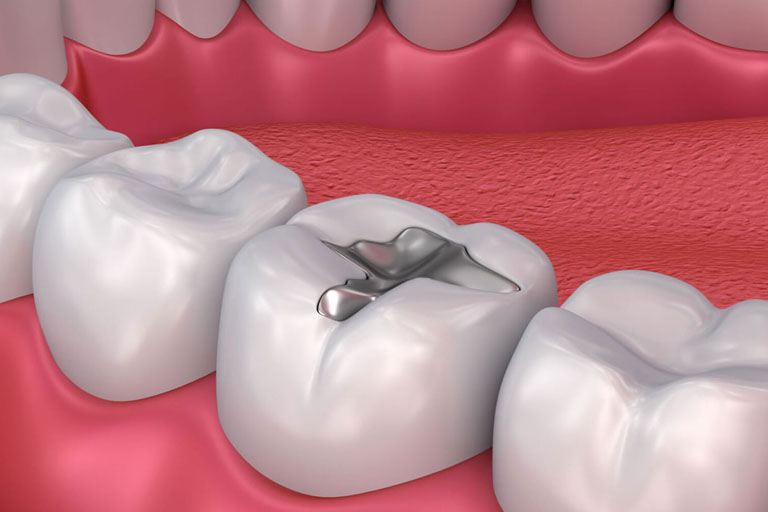Root Canal
Root Canal
When the soft tissue inside a tooth, known as dental pulp, gets damaged due to various reasons like gum disease, nerve death or physical trauma, it can cause immense pain. In such cases, a dentist may recommend a root canal or endodontic treatment, which involves removing the damaged pulp. The dental pulp comprises nerves, blood vessels and connective tissue and helps in tooth growth. A dentist can easily diagnose the issue through an x-ray and recommend the necessary treatment.
This procedure involves the extraction of the damaged pulp and its replacement with dental filling. Although the pulp plays a crucial role in the growth of a tooth, it is no longer required in adult teeth. The filling is necessary to ensure the tooth’s strength and health are maintained. Neglecting the treatment of tissue damage can lead to increased pain and further complications. An infected dental pulp can result in the spread of infection to the gums, causing abscesses, and potentially leading to tooth loss.

Dental Fillings
When a tooth develops a small hole or cavity, a filling is a common treatment option. The procedure involves the removal of the decayed tooth tissue by a dentist, followed by filling the space with a filling material. It is a way to repair the tooth and prevent further damage.
When sugars and starches from food and drinks are met with decay-causing bacteria, they create an acid that attacks the enamel on a tooth’s surface.This can result in the loss of minerals, causing a white spot to appear, which is an early sign of tooth decay. If not addressed, repeated exposure to acid can lead to the enamel losing more minerals, which can be restored by fluoride from toothpaste or a dental professional. However, if the enamel continues to lose more minerals than can be restored, it can weaken and result in a cavity. Severe tooth decay can cause significant damage to the tooth, including complete destruction, pain, infection, and tooth loss if left untreated.
While prevention is ideal, cavities can be remedied by various types of filling materials such as tooth-coloured composite and silver-coloured amalgam fillings. Composite resin fillings are becoming more popular due to their aesthetic appeal and advancements in their formulation. Additionally, severely damaged teeth can be treated with crowns made of metals like gold, porcelain, or stainless steel (for milk teeth). However, both fillings and crowns have a limited lifespan and may eventually require replacement.
If you experience sensitivity to hot, cold, or sugary food or drinks, an ache around a tooth, pain when biting down, a visible hole on a tooth, or discoloured staining in black, brown, or white, it may indicate that you have tooth decay.
Smile Makeover
What is a Smile Makeover?

Components of a Smile Makeover:
- Dental Veneers: Corrects issues like stains, chips, and misalignment for a complete smile transformation.
- Teeth Whitening: Brightens and rejuvenates your smile for a more youthful appearance.
- Dental Crowns: Restores damaged or weakened teeth to their full functionality and aesthetics.
- Orthodontic Treatments: Aligns teeth for improved function and aesthetics.
- Gum Contouring: Reshapes the gum line for a balanced, proportional smile.
- Implants and Bridges: Replaces missing teeth, enhancing both function and aesthetics.
Our Approach:
- Personalized Consultation: We begin with a thorough examination to understand your goals and discuss the best approach for your unique needs.
- Customized Treatment Plan: Based on your assessment, we create a tailored treatment plan, combining various procedures for optimal results.
- Expert Execution: Our skilled team, equipped with the latest technology, carries out each procedure with precision and care.
- Continual Follow-Up: We ensure your satisfaction and monitor your progress throughout the entire process.
